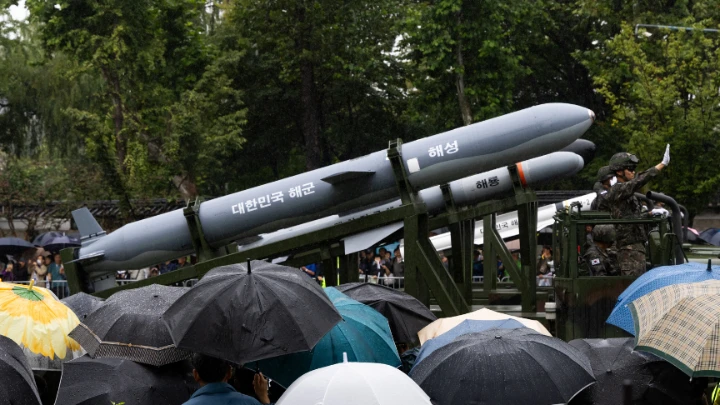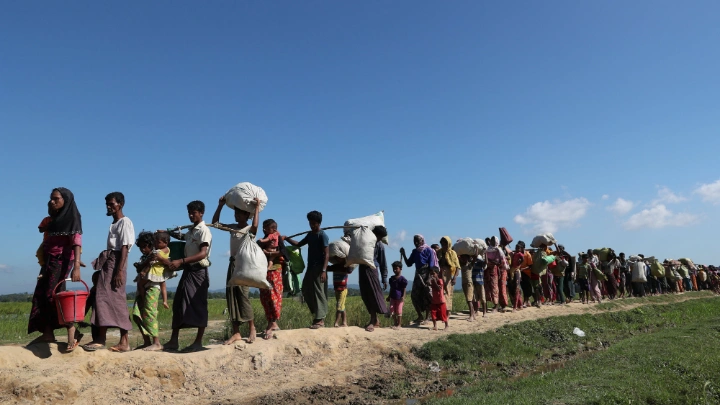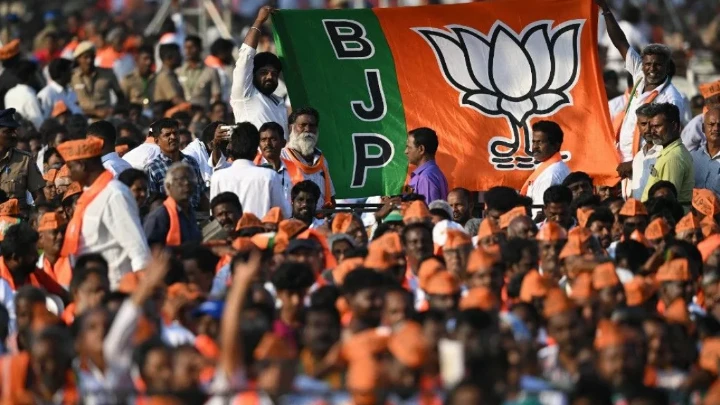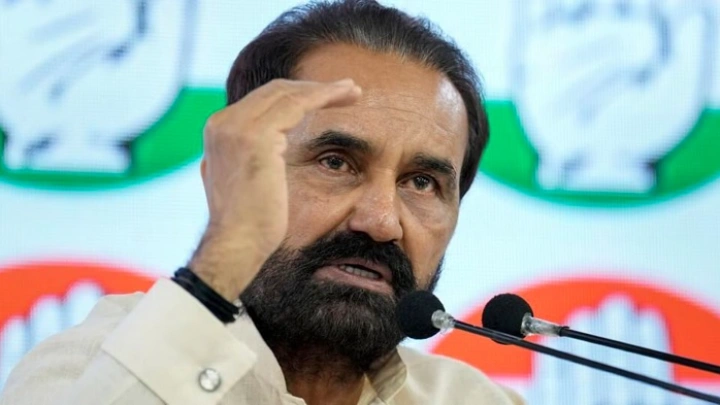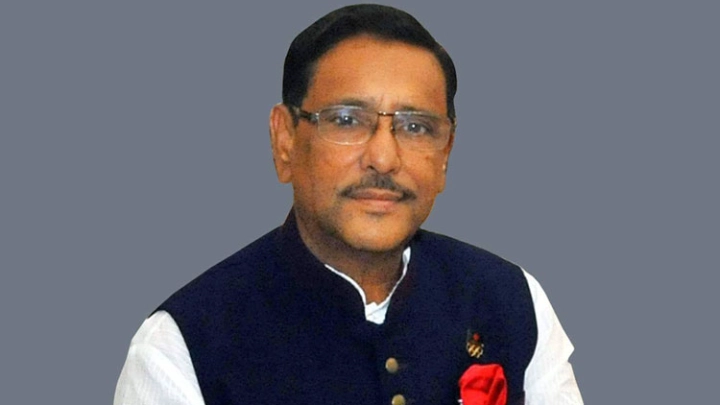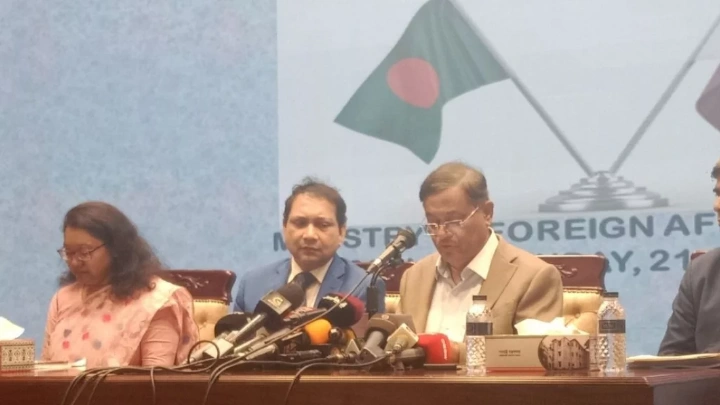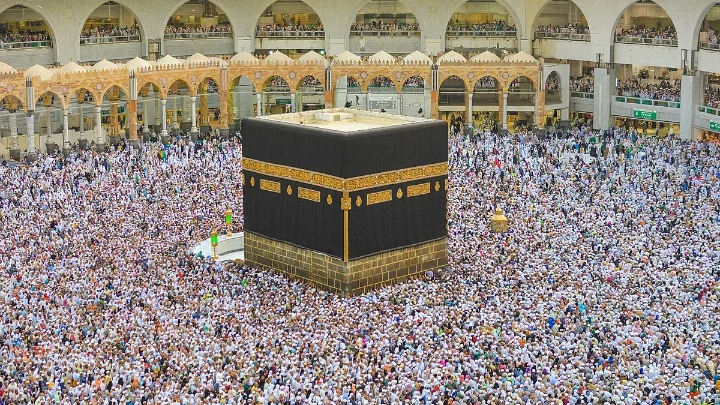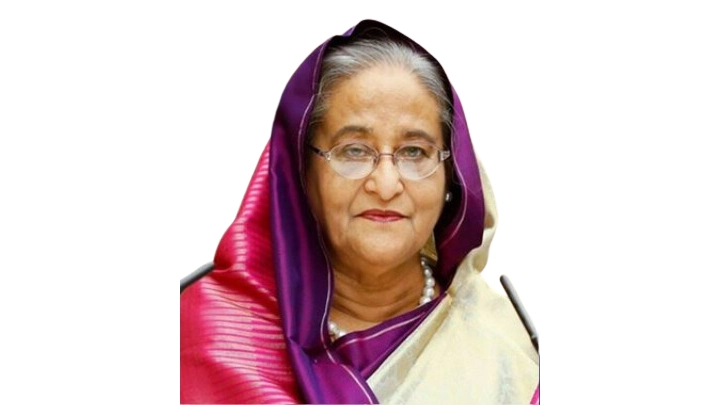Asian defence spending ambitions outstrip growth
IISS || Shining BD
Asia’s defence spending reached a record USD510 billion in 2023. Sustained Chinese military modernisation and North Korean belligerence have increased tensions in the region, while the prospect of a return of former United States president Donald Trump, with his isolationist tendencies, suggests the figure will only grow.
This year’s spending consolidates the wider regional trend of increasing defence budgets, with a nominal 2.8% increase on the previous year, and a 4.6% increase in real terms. However, with defence spending growing faster than economic growth, the affordability and sustainability of defence plans is questionable.
Spending for an arms race
Beijing announced a defence budget of RMB1.55 trillion (USD219.5bn) in March 2023, representing a nominal increase of 7.2% over the previous year. It marked the 29th consecutive year of increasing Chinese defence expenditure. China is outspending its neighbours – The Military Balance 2024 assesses that China represented 43% of regional defence spending in 2023 – at a time it is also becoming more assertive, prompting concerns about Beijing’s military intent. China’s potential use of force against Taiwan, increasing aggression in the South China Sea, establishment of overseas military bases and enhanced expeditionary operations are fuelling anxiety in the region.
Neighbouring states have responded by hiking spending plans. In August 2023, Taiwan proposed its largest-ever defence budget of TWD606.8bn (USD19.1bn) for 2024. The figure represents a 3.5% increase on the previous year and will contribute towards ongoing acquisition programmes such as the 2021 Sea–Air Combat Power Improvement Plan. The plan aims to build up Taiwan’s defence industrial capacity and field locally produced weapons ranging from precision missiles to air defence capabilities.
While Taiwan prepares for acute threats, major defence spenders in the region, such as Australia, Japan and South Korea, are positioning themselves for the longer term. For example, in addition to nuclear-powered submarines, Australia is investing in multiple areas of advanced capabilities – including artificial intelligence, hypersonic missiles and quantum technologies – through its AUKUS partnership with the United Kingdom and the US. Although major increases in Australian spending are only expected from 2027 onwards, current government estimates suggest that defence spending will jump ninefold by the mid-2030s.
Japan’s defence plans are similarly ambitious. In November 2022, Tokyo disclosed plans to raise defence and related security spending to 2% of GDP by 2027, effectively doubling military expenditure. A month later, it issued a national security strategy that said the country faced the ‘most severe and complex security environment’ since 1945. The document identified China and North Korea as the main drivers of Tokyo’s military planning. As a result, Japan’s 2023 defence budget increased sharply, with the country focusing on air and missile defence and long-range counterstrike capabilities.
To counter North Korean hostility, South Korea has also increased its defence budget. In December 2023, the defence ministry released its 2024–2028 mid-term spending plan. It proposes a total budget of KRW348.7trn (USD266.07bn), with KRW113.9trn (USD86.91bn) going toward improving defence capabilities and KRW234.8trn (USD179.16bn) allocated for maintaining troops, equipment and facilities. The new mid-term plan calls for the acquisition of more reconnaissance satellites, submarines, advanced missile interceptor systems and the development of electromagnetic pulse weapons.
Not every country in Asia is on trend, though. India’s defence spending increased by just 1.5% over the previous year’s revised budget in 2023. Given the country’s inflation rate of over 5%, the figure represented a spending reduction in real terms. Moreover, much of the nominal increase between budgets fed into military pension obligations rather than new capabilities.
Affordability concerns
The ambitious spending plans may clash with financial realities given signs that economic momentum, particularly in Asia’s advanced economies, is slowing. Advanced Asian economies are expected to grow by just 1.7% in 2024, raising questions over the sustainability of rising defence budgets in the long term. For example, it is unclear how Japan seeks to finance its expenditure given the country’s large national debt and widespread opposition to tax increases.
Similarly, Australia’s AUKUS-related costs are significant, with the submarines alone representing the country’s largest-ever modernisation expenditure. The costs are not just in buying the vessels, but the decades-long bills associated with staffing and maintaining them over their operational lifespans. In South Korea, the equipment shopping list is also extensive, but the reality is that the nation’s 2024 budget represents the smallest annual spending increase since 2005.
The budget predicament isn’t likely to ease any time soon. If a second Trump presidency leads to a more isolationist US Indo-Pacific policy, many of the capitals that have been increasing outlays may need to find ways to dig even deeper to minimise the impact of reduced US military might in the region.
Shining BD

